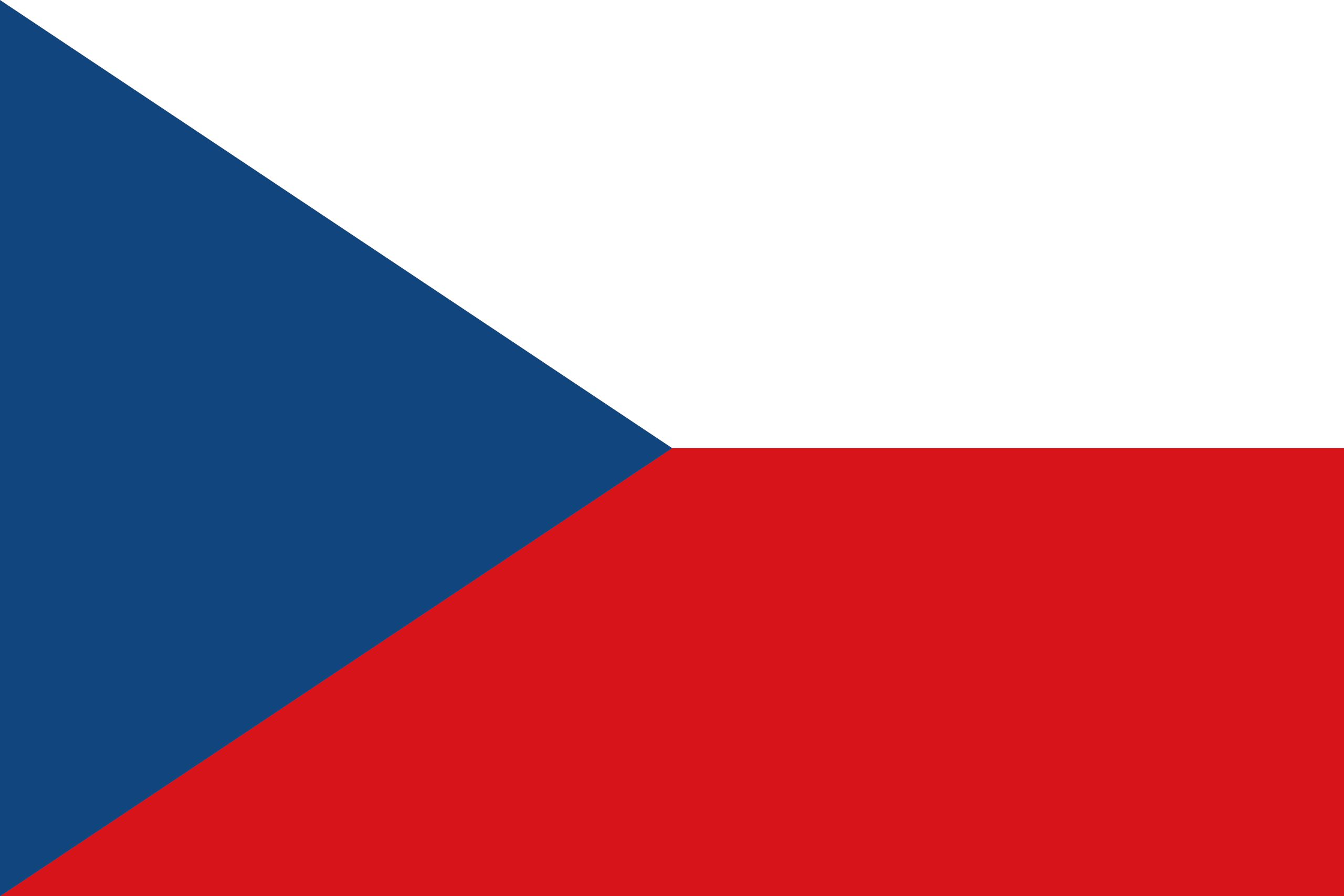More languages
More actions
| Czechoslovak Republic | |
|---|---|
|
The flag of Czechoslovakia, from 1920 to 1938. | |
| Capital and largest city | Prague |
| Official languages | Czechoslovak |
| Common languages | Czechoslovak (Czech · Slovak), German, Hungarian, Polish, Romani, Rusyn, Yiddish |
| Dominant mode of production | Capitalism |
The (First) Czechoslovak Republic was a binational, multi-ethnic bourgeois democratic state in Central Europe. The republic was proclaimed by the Czechoslovak National Council in 1918 following the Dissolution of Austria-Hungary; and ended twenty years later in 1938, when much of Czechoslovakia was forcibly ceded over to Germany, Hungary, and Poland via the Munich Agreement.
History
In May 1938, Nazi Germany concentrated its troops on the Czechoslovak border. The USSR sent 40 divisions of troops to Czechoslovakia's western border and called up 330,000 reservists. In September, Britain and France met with Germany without inviting Czechoslovakia or the USSR, and the West let the Nazis take over the Sudeten region of Czechoslovakia. The USSR offered to defend the rest of Czechoslovakia, but it declined the offer and the Wehrmacht seized Prague on 15 March 1939. Germany annexed most of the country and gave the rest to Poland.[1]
References
- ↑ Ludo Martens (1996). Another View of Stalin: 'Stalin and the anti-fascist war' (p. 186). [PDF] Editions EPO. ISBN 9782872620814

